|
I have fond memories of my collection of childhood toys - wooden blocks, Big Ted, My Little Pony, the Cindy doll my parents bought me (instead of the Barbie I REALLY wanted), Lego, railway tracks... And nowadays I enjoy sometimes escaping into the imaginary world with my four-year-old boy and his collection of treasured toys. I read about the toys on offer for kids, I see kids playing with toys and the students I work with tell me about the toys that are and were important in their lives. There is a lot of writing about the highly gendered and also sexualised nature of many childhood toys these days, but on Friday I suddenly realised that I could count on one hand the number of times I have been in a toy store since entering adulthood. Inspired by other writers, I decided it was time to hit the front-line. What was on offer for New Zealand children? Was it as bad as it was in the USA? (where much of the research I read comes from) And what are the 'good' options out there? Armed with my camera, I entered our local toy store (one of a nationwide chain). And thus began an hour of walking up and down every aisle, taking note and photographing the good, the bad and the plain downright ridiculous. Into 'GIRL ZONE' 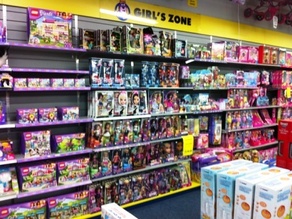 Upon entering the store, the first thing I noticed was that there was an area labelled ‘Girl’s Zone’, but the only other zone to be labelled was 'Pre-school'. Is this because all the other toys in the store are designed for boys (the default ‘normal’), or is it that all the other toys are for both boys AND girls but this wee corner is for girls only? I headed over to investigate further and was nearly blinded by the pink-ness. First up, the Barbie display... 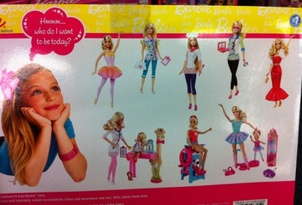 "Hmmm, who do I want to be today?" I had high hopes for the Barbie 'I Can Be..." range. I recall as a child in the 1980s Barbie was a real 'girls can do anything' kinda gal, so I thought that surely by 2012, any remnants of that 1952 original passive doll would be well and truly banished. Unfortunately it seems that Barbie's career options in 2012 are very limited to what she can do whilst still wearing form-fitting lycra and/or heels. And the ubiquitous pink of course. There were five career options in the character dolls (see below) - I challenge anyone to find me any real-life professional woman whose wardrobe resembles any of these outfits?! And as someone who spent my teen years as a surf lifeguard, it sure as hell didn't resemble this Barbie scene. A friend was telling me recently that she had relented and had promised her daughter a Barbie as long as she could find one doing 'normal' things - such as snowboarder Barbie. There wasn't a snowboarder Barbie in this shop, but I can envisage her ensemble already... 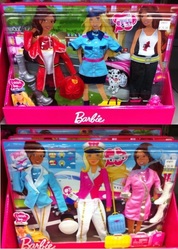 And if you wanted to simply give your exisiting Barbie a new career, you had six different outfits to choose from. As you would never guess the occupations from their outfits, let me label them top to bottom, left to right:
Next to Barbie was the much criticised new line of Lego, designed especially for girls - the 'Friends' range. Their catch-phrase is "The Beauty of Building" - because we wouldn't want girls to forget for a moment that regardless of the activity, it always comes down to beauty, right? 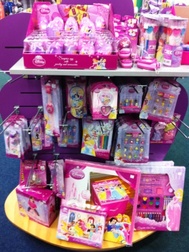 Anyone for Disney Princess paraphernalia? I personally dislike this range from Lego. I dislike the emphasis on beauty and I hate that the 'Friends' range have totally different bodies to the 'standard' range - they have boobs and makeup. There is no way one of the 'Friends' would EVER want to play with a standard Lego boy or girl! It's problematic that in creating a specific 'girls' range, by default the rest of the Lego range becomes a 'boys' range, thus limiting girls' options. And the narrow range of activities and colours offered to the girls drives me nuts. There is absolutely no scientific evidence to indicate that girls have a natural inclination towards pastel colours. Lego is just playing into the pinkification of girl-world that serves to further the gender gap amongst children and thus increase the profits of those marketing things to children. Next up was the Disney Princess Zone. In a moment of marketing genius, this line was released in 2000 and now there are now more than 25,000 Disney Princess items and many other companies have jumped on board to create Princess-mania in girl world. Lyn Mikel Brown, co-author of Packaging Girlhood, is concerned by the the sheer dominance of princess culture: “When one thing is so dominant, then it’s no longer a choice; it’s a mandate, cannibalizing all other forms of play. There’s the illusion of more choices out there for girls, but if you look around, you’ll see their choices are steadily narrowing.” As I continued to wander round 'Girl's Zone' I found more and more pink washing, and more and more toys with come-hither eyes and sexy poses. What really struck me was how much some of these toys had changed since I was a girl. In my day 'My Little Pony' was a sweet chubby thing with demure eyes. Her latest incarnation is decidedly sexy, curvy and oh, those eyes. There were a few brands in 'Girl's Zone' that really stood out in a positive way: Venturing out of 'Girl Zone', I headed towards the 'Pre-school' zone... I was pleased to see the gender-neutral 'preschooler' sign, although interested in the offerings as many of the toys in the 'Girl's Zone' were aimed at the pre-school age group. This section gave the impression of being very gender-neutral, but upon closer inspection, many of the toys revealed themselves to be playing into tired gender stereotypes: However, there were also some great non-gender-limiting options: (No other 'zones' were labelled, so the following categories are ones that I have used) Puzzles and games Of all the different types of toys, I would have thought that this genre would have the least need to be gendered. Apparently not. I think the biggest issue with gendering things like this is that it strongly discourages cross-gender play. Unfortunately I feel that few four year old boys would want to play with the pinkified versions of these games. By then, for many boys the gender message has been well and truly absorbed. Outdoor toys 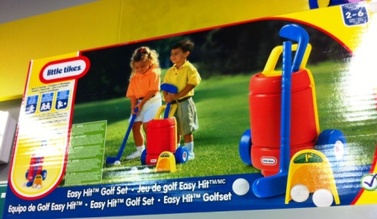 A WINNER from Little Tikes! Gender neutral packaging PLUS an image of a boy and a girl playing together! *calm down Rachel, keep in mind how ODD it is that this is so rare!* Building and Science Sets These were located in the area I think a child would describe as the 'Boys' Zone' (although there were no actual signs to indicate this). Alongside these sets seemed to be an overwhelming collection of toys based around themes of fighting and violence. As the mother of a little boy, I am disturbed by the messages these toys give him about what it means to be a man. I could not find a single toy in this area that depicted a boy or a man in a caring or nurturing role. Play is one way children learn about what it means to be an adult as they role-play with the toys provided to them. What are the consequences of raising a generation of boys whose understanding of manhood is based on ninjas, soldiers and Avengers? My little adventure into the toy store was both depressing and comforting.
Depressing because of the overwhelming number of gender-limiting options out there. I imagined my four year old son Sol being let loose in that store to explore and admire the toys available to him. He would be confronted with SO MANY gender-limiting stereotypes. He would be presented with a very clear picture of what it is to be a girl, and what it is to be a boy. Both of these definitions are very narrow, and he would quickly realise it was high time he dumped all of his female friends. I would label very few of the toys in this shop inherently "bad or "wrong", but it's the overwhelming message they present en masse, and also the stark reality of what is missing. I managed to find three images of girls and boys playing together IN THE WHOLE STORE. Research shows that cross-gender play in childhood increases the likelihood of more healthy romantic relationships in the teen years, yet it seems that marketers are doing all they can to prevent this. Comforting because I realised that, if I searched hard enough I could find toys and games that were not gender-limiting. There are options out there for parents willing to take the time to find them. Some companies are still marketing their product to both genders, and although many had fallen into the highly-gendered trap, a number still offered a 'gender neutral' option alongside their gendered stuff. For this, I am heartened, and this quote comes to mind: "Don't tell me where your priorities are. Show me where you spend your money and I'll tell you what they are." - James W. Frick Childhood lasts for such a precious short time, let's not shorten this further by placing limitations on who and what our children can be. Let's not allow the financial motivations of toy companies have any part in how our children define themselves. Let's give our children the time and the space to explore and experience their world without being limited to what pop culture dictates is "right" for their gender.
7 Comments
On Saturday I got a text message from a friend tasking me for advice on car seats for their baby. Car seat safety is an issue I am very passionate about and I believe it is something that needs to be talked about MORE. So I decided that today I would post an email I sent to many of my friends this time last year, after being in a car accident.
6th April, 2010 Hello friends, Sol and I were recently in a car accident and this made me totally reassess his carseat situation. (We were fine, but both cars are written off). The shock at how easily a lovely sunny day could have turned so awful scared me. I spent a lot of time researching a replacement car seat. Frankly, I was horrified at what I discovered. The current popular practice in NZ, Australia & the USA is that children rear-face until they are a year old. In following this ‘rule’, it was a lovely milestone for us when Sol started forward-facing at a year. I had no idea that in doing so, he was 75% more likely to be injured or killed if we were in an accident. Why? – mainly because the weight of the head in comparison to the body is so much higher in young children, and in a head-on collision children who are forward facing are likely to suffer from 'internal decapitation' of the head. In contrast, when a child is rear-facing, the whole body — head, neck, and torso — is cradled by the back of the safety seat in a frontal crash. The odds of severe injury to a forward-facing child are five times greater than a child in a rear-facing seat. Our child restraint laws and recommendations are woefully inadequate. In Scandinavia many children are rear-facing until they start school. After researching this issue, I had no option but to get a seat that allowed Sol to rear-face as long as possible, hopefully until he is 4 years old. The main comment I have got from people is “Oh, my child would HATE to go back to rear-facing” – I said exactly the same. As have most other parents I have spoken to about it. The funny thing is, I have not heard of one child who cared at all! I got Sol a big mirror, he was chuffed and couldn’t care less whether he faced forward or backward. There has been quite a lot of media coverage in NZ regarding child safety restraints, after some horrific accidents over Easter. Campbell Live featured this issue this evening. The other important message from this is that car seat belts do not fit properly until children are 148cm tall – this means some 75% of nine and ten year olds still need to be in booster seats. All young children should be rear-facing - if you need any more convincing, I highly recommend you view the videos of these crash test dummies (the crash test dummies part is at about 1min28). And here and here for information from NZ sites. All I hope is that this email may make some people consider having their child rear-facing for longer. And that this in turn may save an injury/death. I would love you to forward this message to anyone you know with young children. With love, Rachel Postscript: - Last month I was delighted to hear that the USA has revised their child car seat restraint guidelines so that children should now rear-face until they are two years old, children should be in boosters until they are 8 - 12 years and no children should sit in the front seat until they are 13 years old. This news clip is an excellent overview of these guideline changes and the reasons behind them. - One year on, Sol turns three later this month and is still happily rear-facing... - This article about a New Zealand two-year old in an car accident has a compelling comment at the end regarding rear-facing. I am fascinated by the way media portrays gender. Particularly gender as it applies to children. The images, the colours, the words. As the mother of an almost-three-year-old boy, I am becoming increasingly aware of the gender-limiting stereotypes he is surrounded by. Many of my son's favourite past-times are what toy companies would tell me is "typical boy behaviour" - any random stick becomes a gun, he loves nothing more than rolling on the floor wrestling with his Dad, he is fearless of heights and water, and he is fiercely competitive. But what all toy marketers seem to ignore is that my boy also loves cooking, "helping" fold laundry, wearing jewellery, vaccuming, dressing up and painting his nails. Yesterday I discovered that Canadian Chrystal Smith had created a word cloud comprising of the words used in television advertising for children's toys. Two word clouds were created - one for toys aimed at boys, and one for toys aimed at girls: I stared at these two images for ages.
I love that 'fun', 'magic' and 'love' are the top words used for girls. I don't love it that these are closely followed by a whole lot of words pertaining to beauty and fashion. I don't mind that 'battle' and 'power' dominate the words used for boy's toys - I enjoyed many hours immersed in imaginary wars as a child. But it really concerns me that I can't see any words relating to caring, nurturing or relationships. I haven't stopped wondering since I saw these - will the TV advertisements in NZ show a similar picture? This is my homework this weekend. Watch this space! The words we use create our reality and shape our perceptions. Today's children are the most marketed-to generation of all time and the words they hear have a huge impact on their values and beliefs. Looking at the words used to market prized possessions to them makes me very angry about the reality we are creating for our kids. |
AuthorRachel is a writer and educator whose fields of interest include sexuality education, gender, feminism and youth development. Archives
November 2023
Categories
All
|

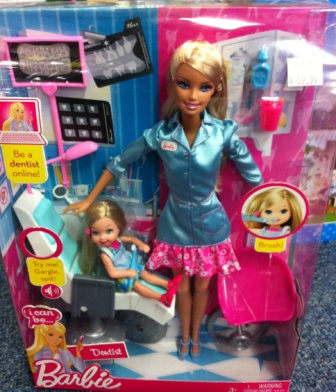
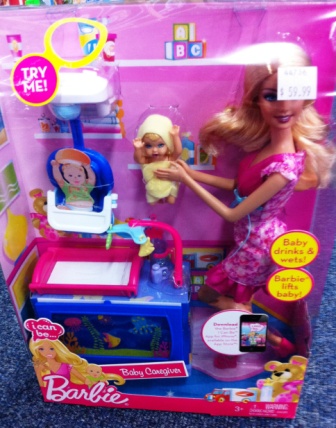
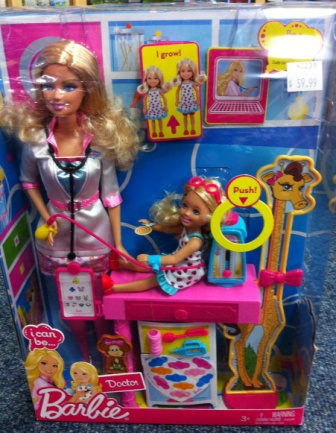
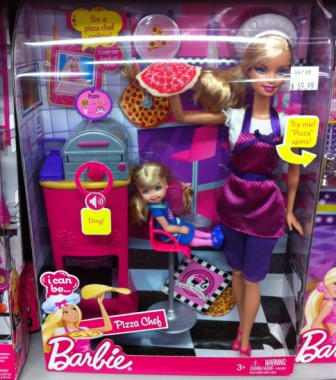
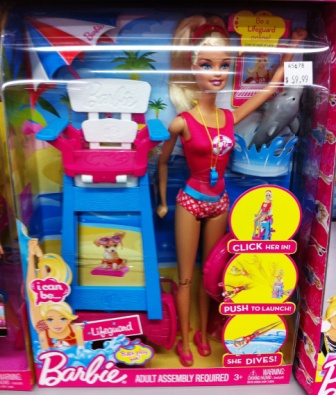
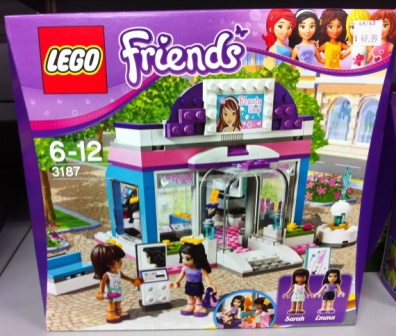
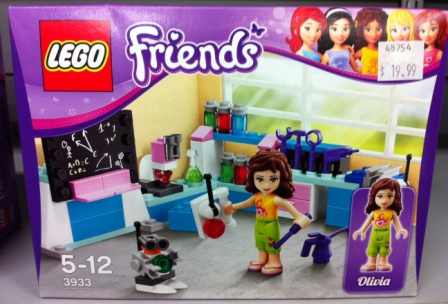
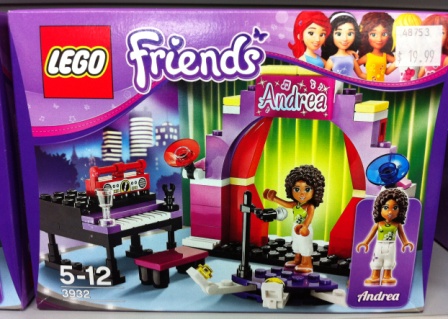
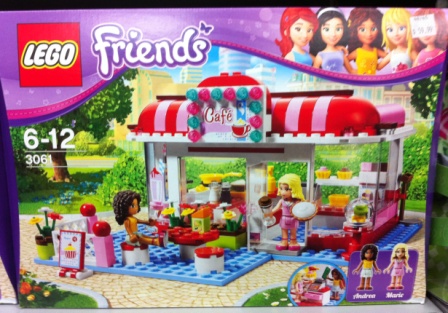
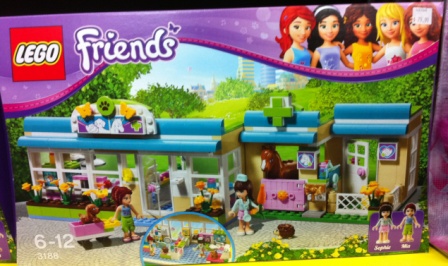
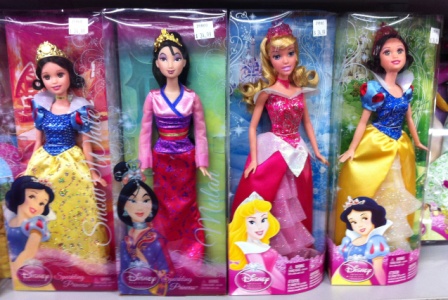
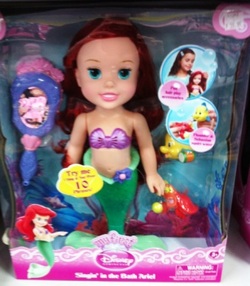
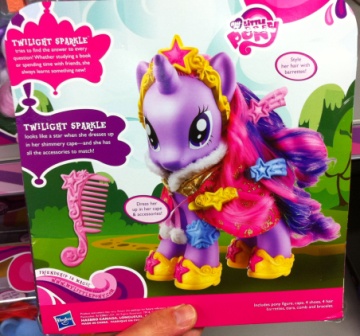
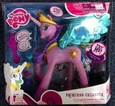

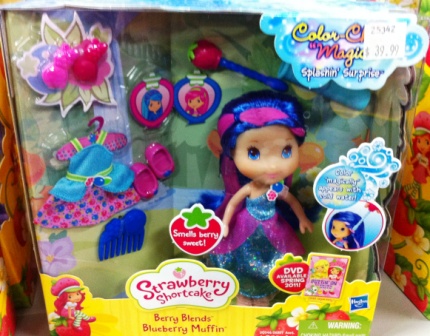
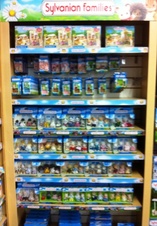
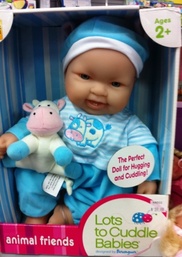
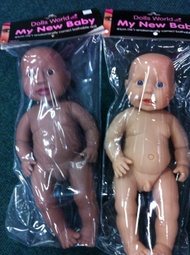
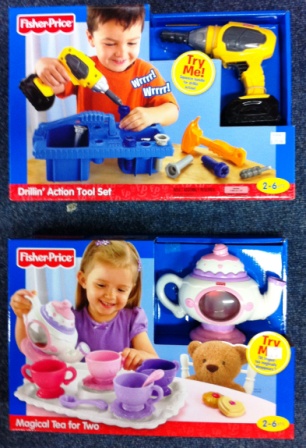
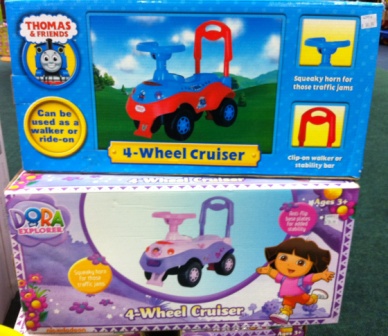

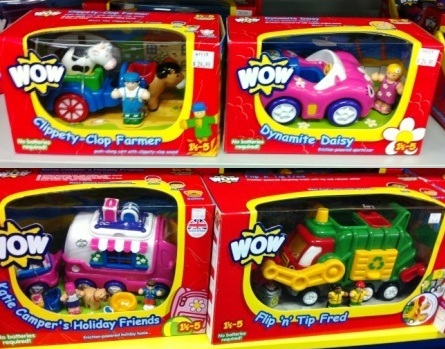
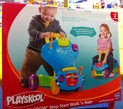
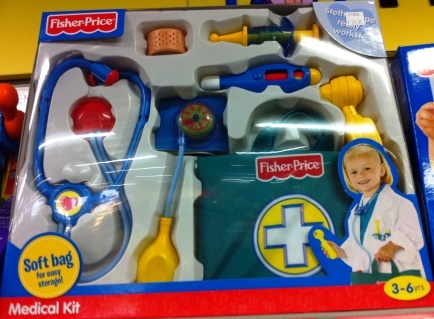
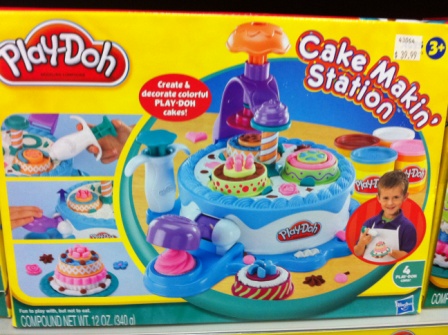

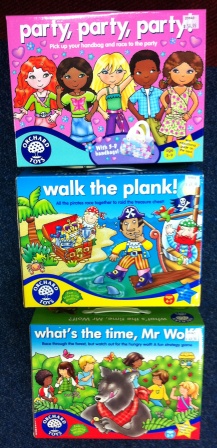
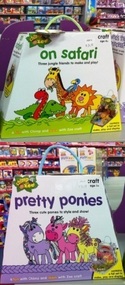
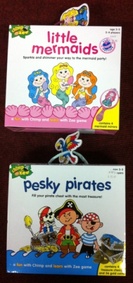
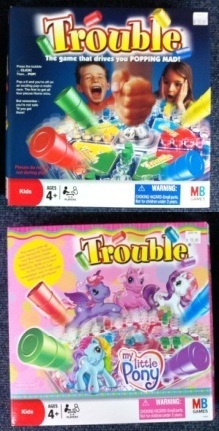
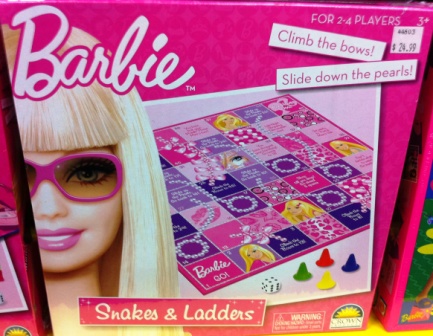

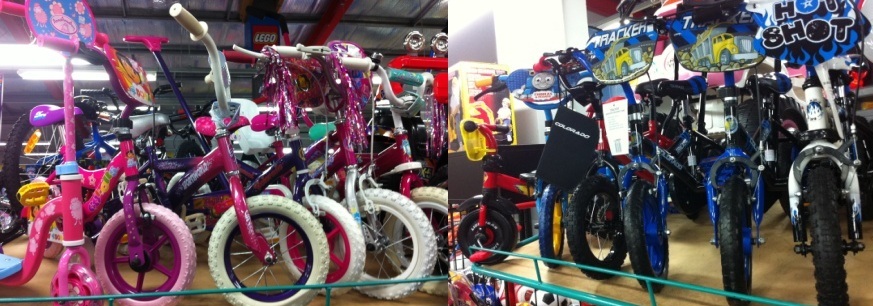
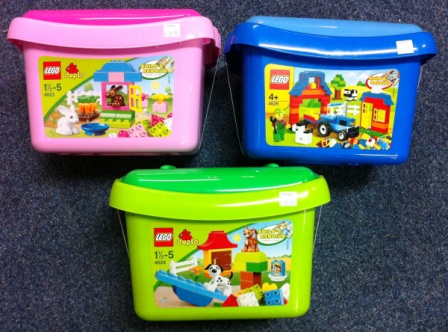
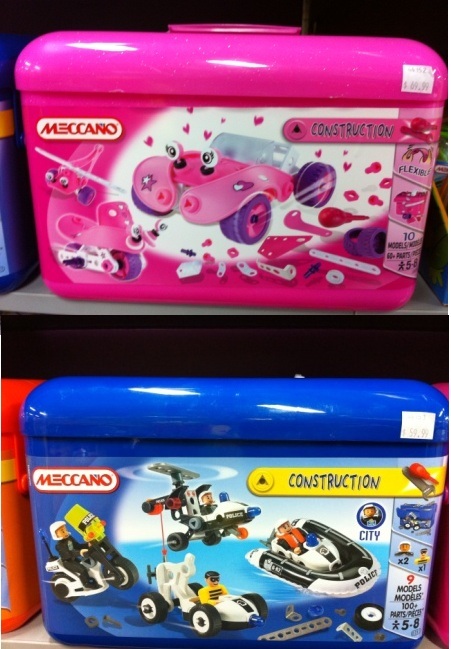
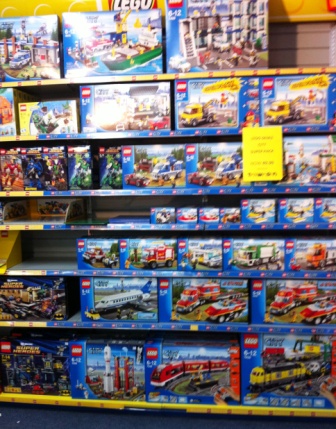
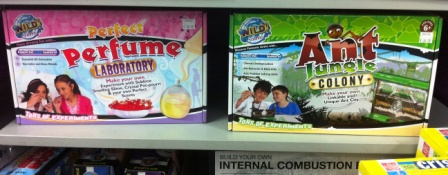
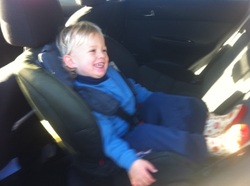

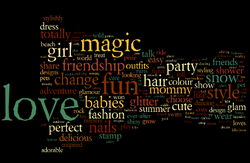
 RSS Feed
RSS Feed




